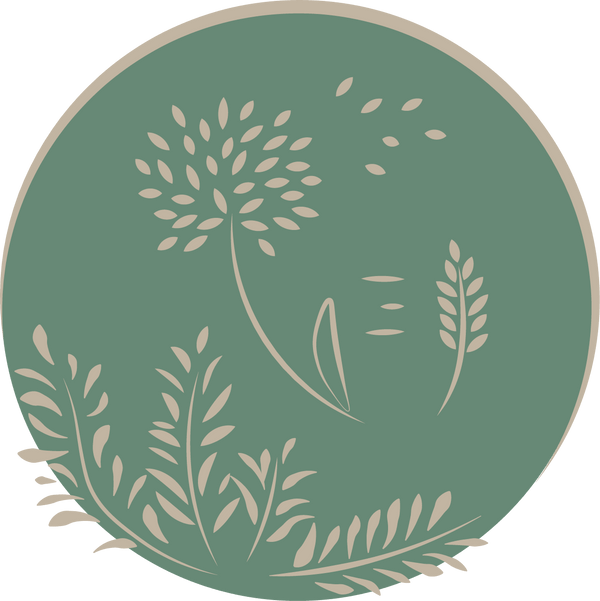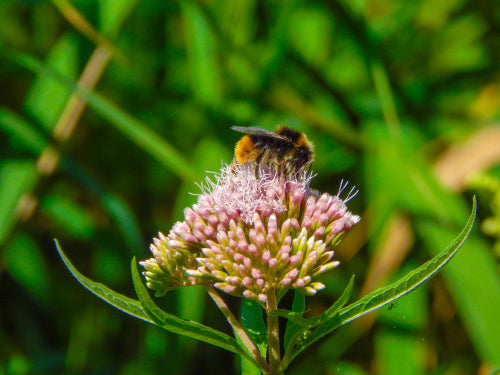Bees play a crucial role in the health of our ecosystems. As pollinators, they are responsible for transferring pollen between plants, facilitating the reproduction of flowers, fruits, and vegetables. Despite their critical role in maintaining biodiversity, bee populations have been declining in recent years due to habitat loss, pesticide use, and climate change. As gardeners, we can make a significant difference in supporting these vital creatures by planting bee-friendly flowers. This article explores how selecting specific flowers can help attract and sustain bees, the importance of bees in ecosystems, and how gardeners can contribute to the preservation of pollinators.
The Role of Bees in Ecosystems
Bees are among the most efficient pollinators, with their ability to carry pollen from one flower to another while foraging for nectar. According to the U.S. Department of Agriculture, approximately one-third of the world's food crops rely on pollinators, including bees. From fruits and vegetables to seeds and nuts, bees are responsible for the successful reproduction of many of the foods we depend on for nutrition. They also help pollinate wildflowers, trees, and shrubs, maintaining a healthy balance of plant life in ecosystems.
In addition to supporting agricultural crops, bees also contribute to biodiversity. As they pollinate various plant species, they help maintain healthy ecosystems, providing food and shelter for countless other species. Their activity supports a complex web of life, from animals that feed on plants to those that rely on pollinators as a food source.
However, bee populations are in decline due to several factors:
- Habitat Loss: Urbanization, deforestation, and agricultural expansion are eroding the natural habitats that bees depend on for forage and nesting sites.
- Pesticides and Herbicides: Many common pesticides used in agriculture and gardening harm bees directly by poisoning them or disrupting their foraging behavior.
- Climate Change: Changes in weather patterns affect the timing of flower blooming and bee activity, disrupting the delicate balance of plant-pollinator interactions.
Why Plant for Pollinators?
Planting for pollinators, particularly bees, is an important step in combating their decline. By choosing the right flowers for your garden, you can create a sanctuary for bees, offering them food, shelter, and a safe space to thrive. Bees need a diverse range of plants that provide nectar and pollen throughout the growing season. Planting a variety of species helps ensure that bees have access to food during different times of the year.
Additionally, planting for pollinators promotes biodiversity, helping restore balance to ecosystems that have been disrupted by human activity. A bee-friendly garden supports not only bees but also other pollinators like butterflies, moths, and birds, creating a healthier, more vibrant landscape.
Selecting the Best Flowers for Bees
Not all flowers are equally attractive to bees. To create a bee-friendly garden, it's important to select plants that provide abundant nectar and pollen while being easily accessible to bees. Bees are particularly attracted to flowers that are rich in color, have a strong scent, and offer a reliable food source. Native plants are especially beneficial because they are well-adapted to the local environment and tend to be more attractive to native bee species.
Here are some flowers that are particularly good at attracting bees:
1. Lavender (Lavandula spp.)
Lavender is a favorite among bees due to its vibrant purple color and strong fragrance. This hardy perennial produces abundant nectar and provides food for bees throughout the summer months. Lavender thrives in well-drained soil and full sunlight, making it an easy addition to most gardens.
2. Sunflowers (Helianthus annuus)
Sunflowers are not only beautiful, but they also provide a valuable food source for bees. Their large, brightly colored blooms are packed with pollen, and bees love to forage on them. Planting a patch of sunflowers can attract large numbers of bees, particularly in late summer and early fall when other flowers may be less abundant.
3. Borage (Borago officinalis)
Borage, also known as starflower, is a favorite of honeybees due to its abundant nectar and easy accessibility. The plant produces small blue, star-shaped flowers that are rich in nectar, making it a great choice for pollinator gardens. Borage also self-seeds, making it a low-maintenance option for gardeners.
4. Wild Bergamot (Monarda fistulosa)
Wild bergamot, also known as bee balm, is a native wildflower that is highly attractive to bees. Its tubular flowers are rich in nectar, and its aromatic foliage is a great addition to any garden. Wild bergamot thrives in full sun to partial shade and prefers moist, well-drained soil.
5. Black-eyed Susans (Rudbeckia hirta)
Black-eyed Susans are hardy, low-maintenance flowers that are loved by bees. Their bright yellow petals and dark brown centers attract pollinators, particularly in late summer and fall. These flowers thrive in full sun and well-drained soil, making them a perfect addition to a pollinator-friendly garden.
6. Goldenrod (Solidago spp.)
Goldenrod is an essential late-season nectar source for bees, providing them with food as many other flowers begin to fade. Its bright yellow flowers bloom in late summer and fall, attracting a variety of pollinators, including bees, butterflies, and even hummingbirds. Goldenrod is drought-tolerant and grows well in full sun.
7. Clovers (Trifolium spp.)
Clovers, including red and white varieties, are excellent plants for attracting bees. They provide both nectar and pollen, and their low-growing nature makes them perfect for ground cover. Clovers are also nitrogen-fixing plants, meaning they help enrich the soil while providing food for pollinators.
8. Thyme (Thymus vulgaris)
Thyme is an herb that produces small, aromatic flowers that are loved by bees. It's a great choice for both edible and pollinator-friendly gardens. Thyme is drought-tolerant, thrives in well-drained soil, and grows well in sunny spots, making it an easy plant to incorporate into any garden.
Creating a Bee-Friendly Garden
To maximize your garden's potential as a haven for bees, consider the following tips:
Plant a Variety of Flowers: Bees are attracted to a wide range of flowers, so aim to plant a diverse mix of species. Include flowers with different bloom times, colors, and shapes to ensure bees have food throughout the growing season.
Choose Native Plants: Native plants are adapted to the local environment and are more likely to attract native bee species. They are also better at supporting the local ecosystem, providing food and shelter for other beneficial insects, birds, and wildlife.
Avoid Pesticides and Herbicides: Pesticides and herbicides can harm bees and other beneficial insects. Opt for organic gardening practices and use natural pest control methods to keep your garden safe for pollinators.
Create Shelter: Bees need safe places to nest, so consider leaving some areas of your garden undisturbed, such as piles of leaves, dead wood, or bare soil, where solitary bees can create nests.
Provide Water Sources: Bees also need water, especially during hot weather. A shallow birdbath or small pond can provide a safe drinking source for bees.
Avoid Single-Flower Plantings: While mass plantings of one flower species may look beautiful, they can limit the variety of food available to bees. Instead, create a mix of flowers that bloom at different times of the year to provide a continuous food source.
Create Bee-friendly Ecosystem
By planting flowers that attract bees, we can support the health of pollinator populations and contribute to the overall well-being of our ecosystems. Bees are essential to biodiversity, food production, and the health of natural habitats. Through conscious planting choices, gardeners can play a pivotal role in helping reverse the decline in bee populations. Whether you have a large garden or a small balcony, there are plenty of ways to create a bee-friendly environment. By selecting the right plants and providing bees with the resources they need, you can make a meaningful contribution to the preservation of these vital pollinators.
You may also be interested in: Innovative Garten Sichtschutz Ideen fr Ihren Auenbereich ...
Discover your gardening joy with a top selection. Your joy and green happiness begin here. Shop Now
Powered by flareAI.

